Spain makes an impressive country. The diverse landscapes range from scenic coastlines to the mountaintops of the Pyrenees and the Sierra Nevada. Go from busy history-rich cities to calm villages that lay in between valleys. It’s safe to say that there’s plenty to explore in one of Europe’s more prominent countries. While there is a good interrail system and many other public transportation options, driving yourself is the best way to discover Spain at your own pace. Here’s all you need to know about renting a car in Spain.
How to rent a car in Spain
Many travelers are familiar with Spain’s advanced railway and bus systems, however, driving a car is arguably the best way to see the country. Renting a car in Spain gives you the enjoyable freedom to make up your route and follow it at your own pace. Most roads are very well-maintained and reach every corner of the country.
Drive from the mountains to the sea, stopping to visit stunning cities like Barcelona and Valencia in between. Or head into the hills of Andalucia to discover the many beautiful white villages and fairytale-like castles. Whatever it is that you would like to see in Spain, a car makes the perfect transportation method. In this guide, you’ll find exactly how to drive and rent a car in Spain.
We recommend to rent a car in Spain through Sunny Cars or Discover Cars with free cancellation and insurance included.
What do you need to rent a car in Spain?
When you rent a car in Spain, you’ll need to bring the following documents:
- Your driver’s license from your home country
- Your ID (passport)
- Credit Card in your name
- International Driver’s Permit
The legal driving age in Spain is 18 years old. To be able to rent a car, however, most rental car companies in Spain require you to be at least 21 years old. Some might also ask that you have had your license for at least one year, and some might require you to be 23 or over. All drivers must present a valid driver’s license, an ID as proof of their identity, and a credit card to make the payment.
Note: Most car rentals in Spain charge an extra fee if you’re under 25 years old. It is also required by law that you hold an International Driver’s Permit if you’re a non-EU citizen driving in Spain. You will be asked to present this to the rental agency, as well as the Spanish police in the event you’re stopped while driving. An International Driver’s Permit costs just 15 USD and is valid for one year. You can arrange yours here.
Rental car insurance in Spain
When renting a car in Spain, it is required that you have unlimited third-party liability insurance. With most companies, this is typically included in the price of your car rental and will be in the form of a deductible hold on your credit card. Make sure to check if your credit card can cover the costs of this deposit before you rent a car. Additional insurance such as a Collision Damage Waiver (CDW) or theft cover is recommended, but not mandatory.
We recommend to rent a car in Spain through Sunny Cars or Discover Cars with free cancellation and insurance included.
When you decide to add additional coverage, try to arrange that in your initial booking as the prices are best when booked like this. You can also check if your credit card policy covers car rental insurance in Spain. The proof of insurance, the car’s documentation, your passport, and IDP need to be in the car whenever you’re driving.
Good to know: Try to check if your car has a rental sticker on it and if so, remove this. It’s known that this sticker sometimes encourages theft in Spain.
Road conditions and speed limits
In Spain, much of the country is relatively flat or gradually inclines which makes getting across fast and easy. The roads and motorways are in excellent condition and typically don’t have much traffic, leaving room for you to enjoy the surroundings.

On a road trip through Spain, you’ll often find yourself driving next to beautiful flowers or over high bridges, perched in between the mountains. Outside of major cities like Madrid or Barcelona, it’ll get busier but it remains easy to drive around.
We recommend to rent a car in Spain through Sunny Cars or Discover Cars with free cancellation and insurance included.
On motorways, called autopistas and autovías, the speed limit is 120 km/h. Autopistas, indicated by the letters AP, are often toll roads, whereas Autovías (A) are free highways that run parallel to the Autopistas. It’s important to always keep the speed limit in mind when driving in Spain, as the roads are policed by the national guard and police. When driving on main roads, the speed limit varies from 80 km/h to 90 and sometimes 100 km/h. In urban areas, this is either 50 or 70 km/h. Try to look out for traffic signs and to follow the indicated speed limit.
Good to know: No right-of-way or space is given at an insertion lane in Spain, so you might have to come to a stop on an insertion lane on the highway.
Tolls & Offline maps
Even though Spain does have a few toll roads, on some Autopistas (AP) and radial roads (R), they’re significantly less common than in the neighboring countries Portugal or France. These roads are typically ones that go through mountain tunnels or involve another form of engineering and, therefore, require more maintenance.
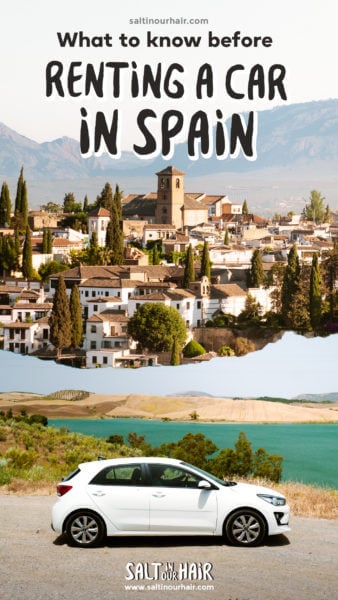
Any navigation device or map app will have toll booths marked and can give you the option to avoid these roads. A GPS or offline Google Maps is recommended, as the connection in Spain is not great. Try to load the route on your app before leaving a WiFi zone or driving with mobile data.
Traffic in Spain
It’s not uncommon to experience traffic jams in larger cities like Barcelona, and because of that, it’s not recommended to drive there during rush hours. Because of their afternoon break, Spain has four rush hours (horas puntas), but it is known to be busy throughout most of the day. Some cities, such as Madrid, don’t even allow traffic to enter the city’s historical center to reduce pollution.
Tip: If you’re visiting one of the bigger cities, try to park your car outside the center and take public transportation instead to get around. Spain’s urban public transport is quite good and includes a mix of metros, tramways, and buses. This is often also cheaper as the closer you get to the center of the city, the more expensive car parking becomes.
Next to beautiful towns and villages, Spain also has some impressive mountains, like the Pyrenees and the Sierra Nevada. Most of the mountain roads are in good condition but driving cautiously is always a good idea. If you’re visiting Spain’s mountains in the winter, your car might require snow chains. When picking up your rental car in Spain, make sure to ask the agency about it.
Top tips for renting a car in Spain
1. Do a walk around and check the car
When you pick up your rental car in Spain, make sure to do a walk around and check if everything’s there. If you’re traveling in winter and headed for the mountainous regions, see if there are snow tires on the car or snow chains in the trunk.
You will have to sign a document called the check-out form. If your rental car has any scratches or other types of damage, which isn’t uncommon in Spain, check if they are listed on the form. If they’re not, make sure to point them out to the employee and have them noted down before signing the check-out form. This form will also list the mileage and the amount of fuel the car has upon pickup time.
If you want to be absolutely certain that everything is logged, take some photos or videos of the rental car’s noted damages, the amount of fuel in the tank, and the previous mileage of the car.
We recommend to rent a car in Spain through Sunny Cars or Discover Cars with free cancellation and insurance included.
2. Opt for a smaller rental car
Unless you’re going to need a lot of space or are planning on driving in the mountains, it is best to opt for a small car when you rent a car in Spain. This is because many streets are narrow, parking spots are often small, and gas is relatively expensive. So, if the rental agency proposes to upgrade to a bigger car, it’s best to decline this.
What makes Spain’s urban areas so charming, is that most of them are at least a few hundred years old. Similar to the neighboring countries Portugal and France, Spain’s history is very much still present, meaning that you’ll find many narrow cobblestoned roads in towns and villages. Navigating these roads can be difficult, so making sure you have an up-to-date navigation system and trying to follow the road signs is recommended.
3. Watch your parking
Parking in Spain’s urban areas can be challenging, especially in their ancient centers, and the rules vary per area of the city. Paid street parking can be spotted by blue lines on the pavement, and you’ll have to buy your ticket from a nearby machine. Resident parking spots are marked green or have a black sign with the letter ‘P’ on it. Street parking is typically free on national holidays, on Sundays, and after 7 PM in most urban areas, but make sure to check to avoid a fine.
Note that like in Italy, many drivers don’t seem troubled with a scratch or two on their cars in Spain. It’s not uncommon to ‘bump’ cars out of the way to better facilitate parking. Always be mindful of where you park and try not to leave anything on display inside the car. For example, remove all valuables and luggage if you can, as theft from rental cars does happen.
Tip: It can occur that in street parking areas there will be someone trying to help you park your car, especially in the south of Spain. Note that these people aren’t official workers but do expect 1 – 2 EUR for their ‘service’. It is best to pay them this to avoid your car getting any damages.
4. Fill your car with the right fuel
Gas stations can be found everywhere in Spain. Google Maps and other navigation services typically show you which one is nearest to you. The average price of gas in Spain is 1,90 EUR per liter (7,20 EUR per gallon), and you can either get diesel (diesel) or unleaded (gasolina). Pay extra attention to the names of the gas types in Spain, as gasoline is gasolina and diesel is sometimes also called gasóleo.
Most gas stations are self-service, but there typically is someone during the day that can help you if you’re in doubt. If you’re wondering what type of fuel your specific car needs, try to find the sticker in your rental car that provides this information. This can usually be found on the car key, on the dashboard, or on the fuel door. Gas stations can be found in the country, in small towns and big cities, and on the autoroutes.
Good to know: Gas stations can sometimes be unattended in Spain, such as on Sundays, holidays, during lunchtime siestas, or late at night. If you’re traveling during these times, automated gas stations may be the only ones that are open and these only accept cards.
How much does a car rental in Spain cost?
Rental cars are overall fairly priced in Spain. The price typically depends on a few things; the time of the year that you’re visiting, the duration of your trip, and the type of car that you want to rent. During the summer months, there’s always an increased demand to rent a car in Spain, which drives up the prices.
If you’re visiting in the other seasons, including winter, the prices are considerably lower. The duration of your rental period also influences the total price. Renting a car for a longer period usually brings down the daily price, meaning that 5 days of rental might just be slightly more than 3 days, for example. If you can, consider exploring Spain for at least a week!
We recommend to rent a car in Spain through Sunny Cars or Discover Cars with free cancellation and insurance included.
Getting the right vehicle
The general rule in many European countries is that the smaller the car, the lower the price. Bigger cars are more expensive because they require more fuel. Opting for a smaller car will also benefit you on the small roads or in busy cities. If you’re thinking of getting an automatic car, it’s essential to notice that these are the exception, not the rule, in Spain. This means that there’s a higher price tag on renting an automatic instead of a manual car.
Browse your options online via a comparison site to make sure you get the best deal. If you book in advance, it’ll be much more affordable than stepping into the office and arranging it there.
Tip: Try to look at the rental conditions before booking a car. Differences in points such as the mileage policy can also influence the final price of your car rental.
Where do I rent a car in Spain?
There are numerous reputable car rentals in Spain to choose from. If you’re planning on renting a car in Spain in the summer, try to arrange this in advance. Reserving in advance ensures you secure the type of car you want, possibly at a lower price.
We recommend to rent a car in Spain through Sunny Cars or Discover Cars with free cancellation and insurance included.
If it makes sense on your route, pick up and drop off the car in different cities. Many car rental companies in Spain offer one-way rentals, which give you the freedom to travel around the country without the need to travel back to where you picked up the car. This can sometimes be done at no extra cost and is otherwise well worth it if you consider the gas, time, and potential tolls. When you return the car, make sure you know if it’s necessary to fill up the gas and have someone check the car for damage when you’re still there.
Want to explore more of Europe with the same car? Some car rental companies also allow you to travel one way internationally. This way you have the opportunity to see other countries such as France or Portugal without the need to travel back to Spain. Check with the rental company if this is possible and what the requirements are to do this.
By purchasing through our links, you support us at no additional cost.
Thank you for your support. ♥️
- Find Hotels via Booking.com
- Find a Rental Car via Sunny Cars
- Find Flights to Spain via Skyscanner
- Get a Travel Insurance via Heymondo
- Book Tours & Attractions via GetYourGuide
- Book a Bus/Train/Transfer via 12Go
Looking for more travel information? Plan a chat with us for personalised travel advice or get an answer from the Salt in our Hair Travel Community on Facebook.


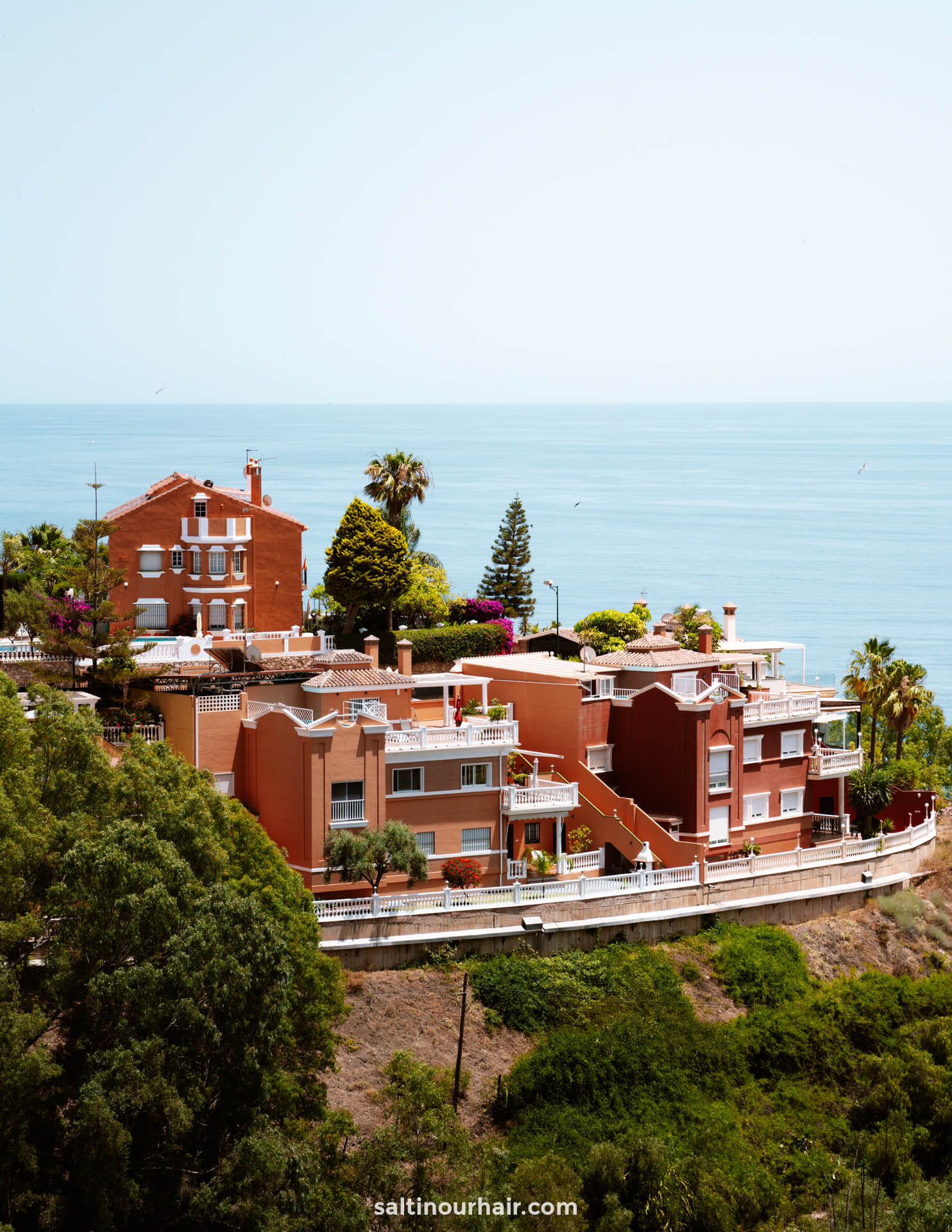
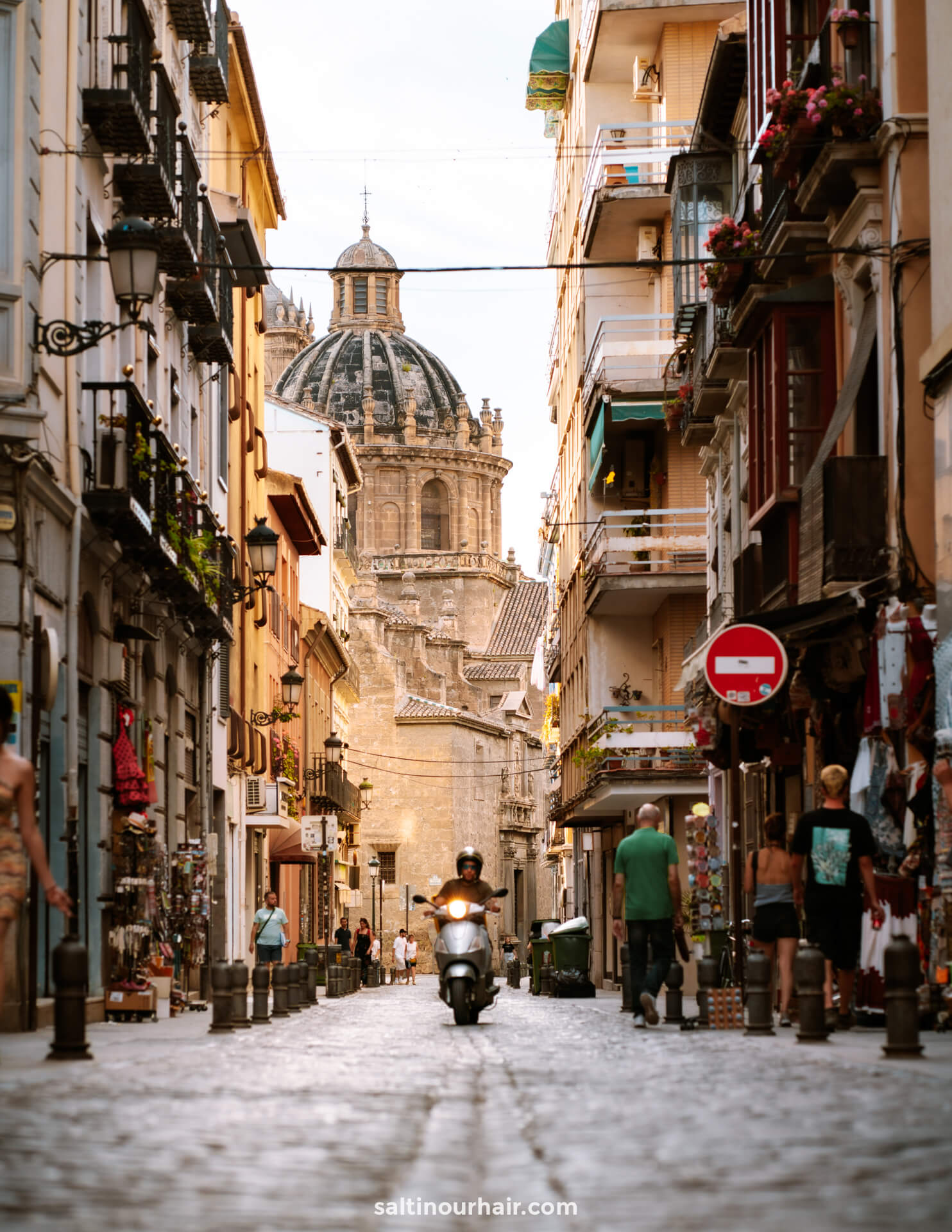
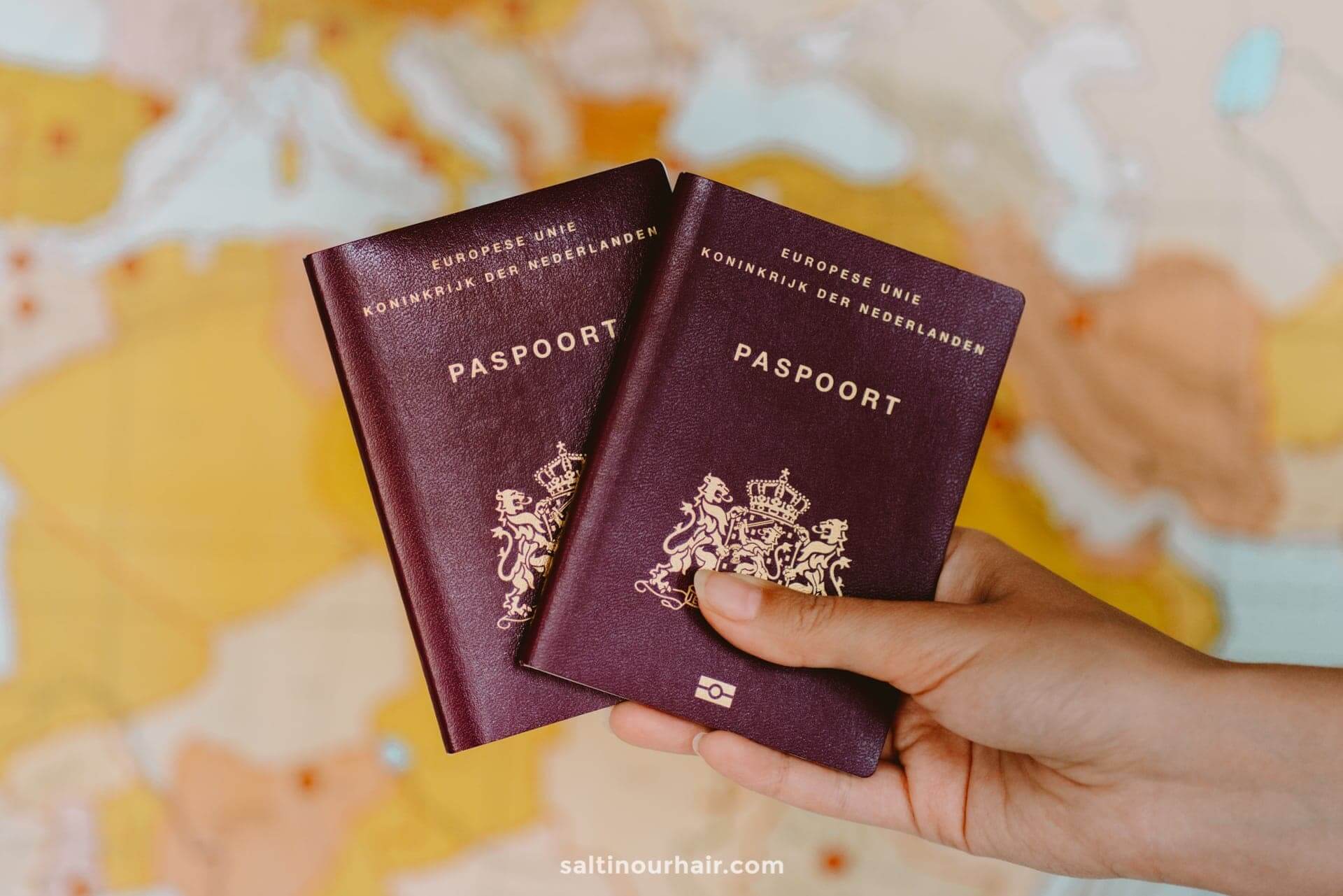


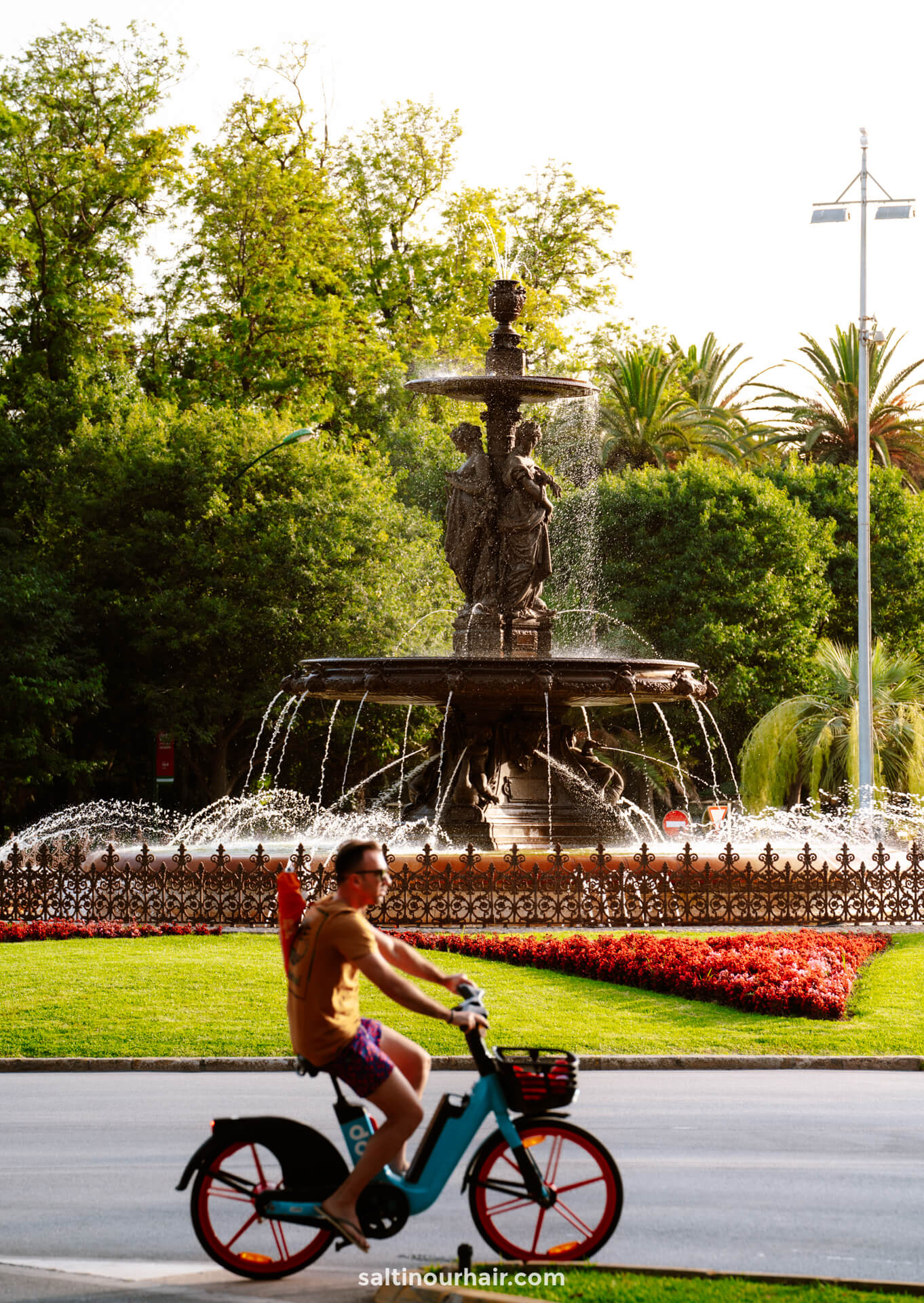
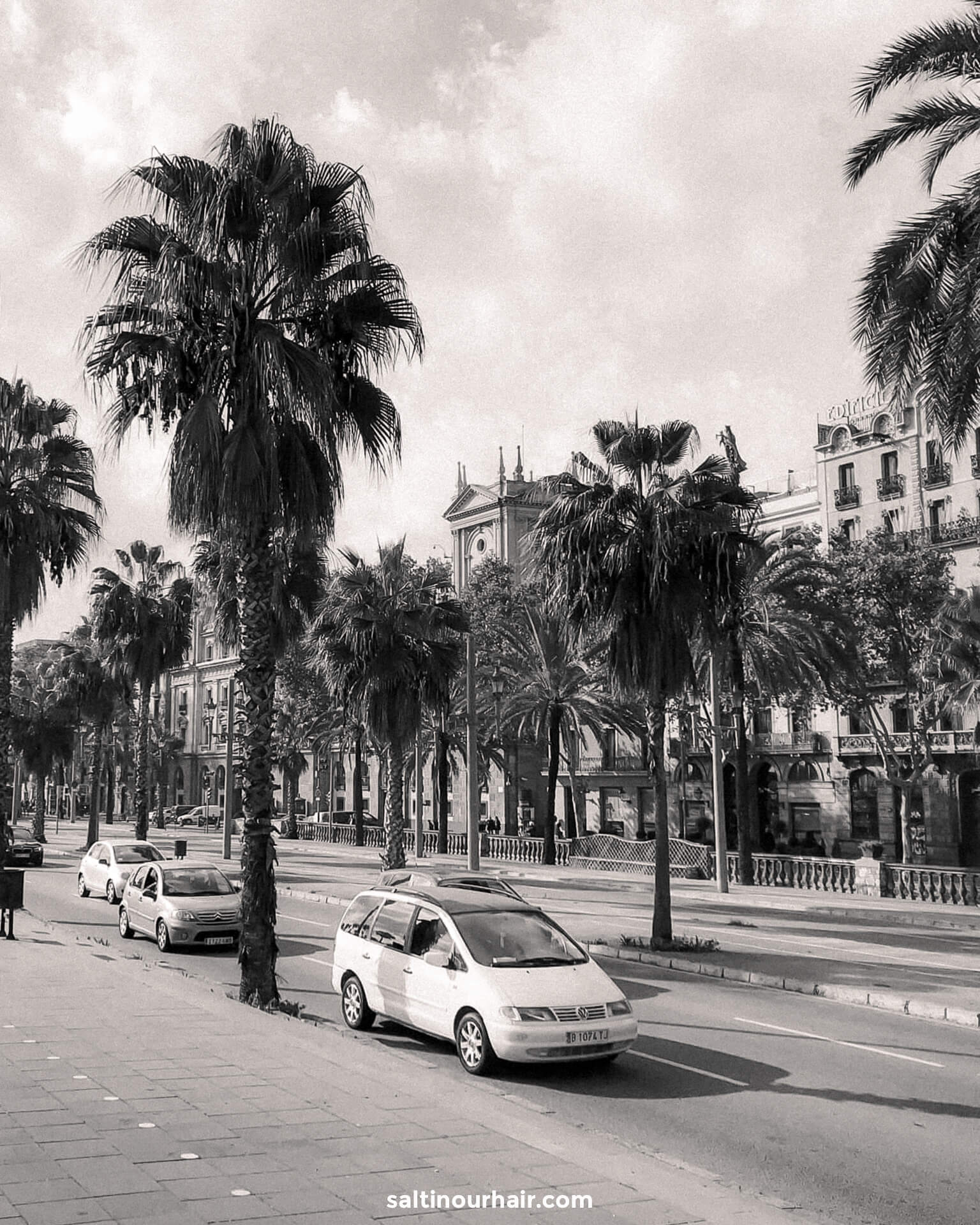


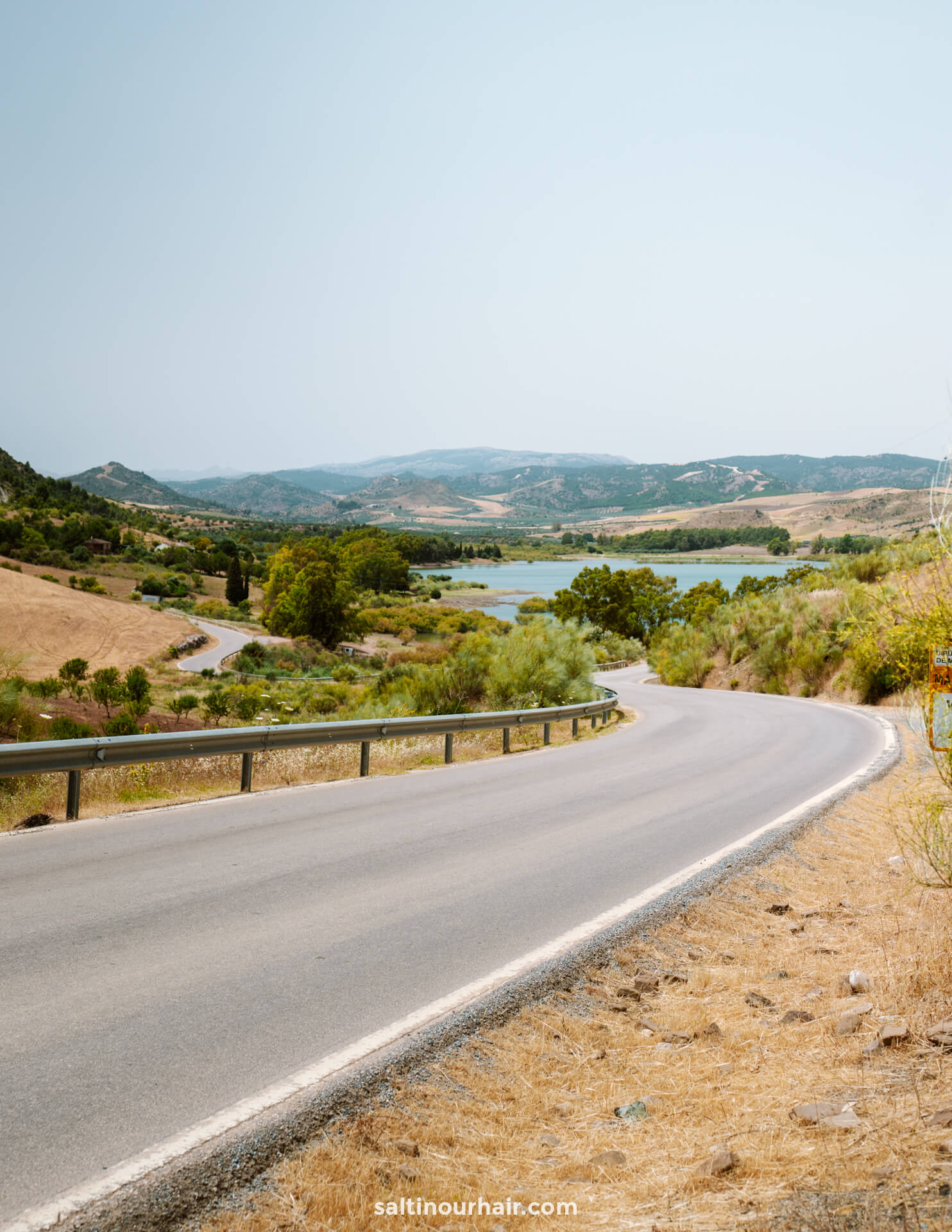
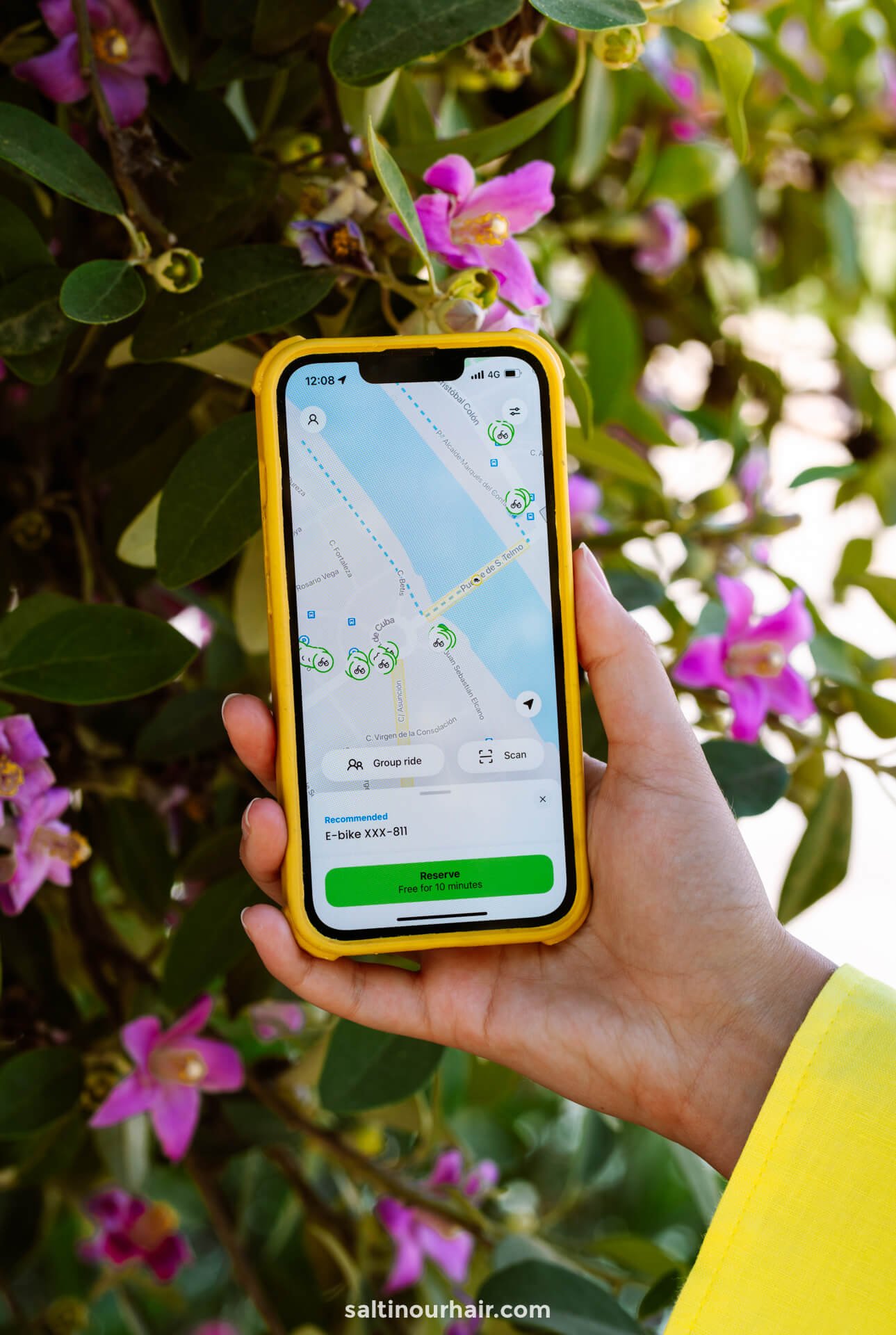


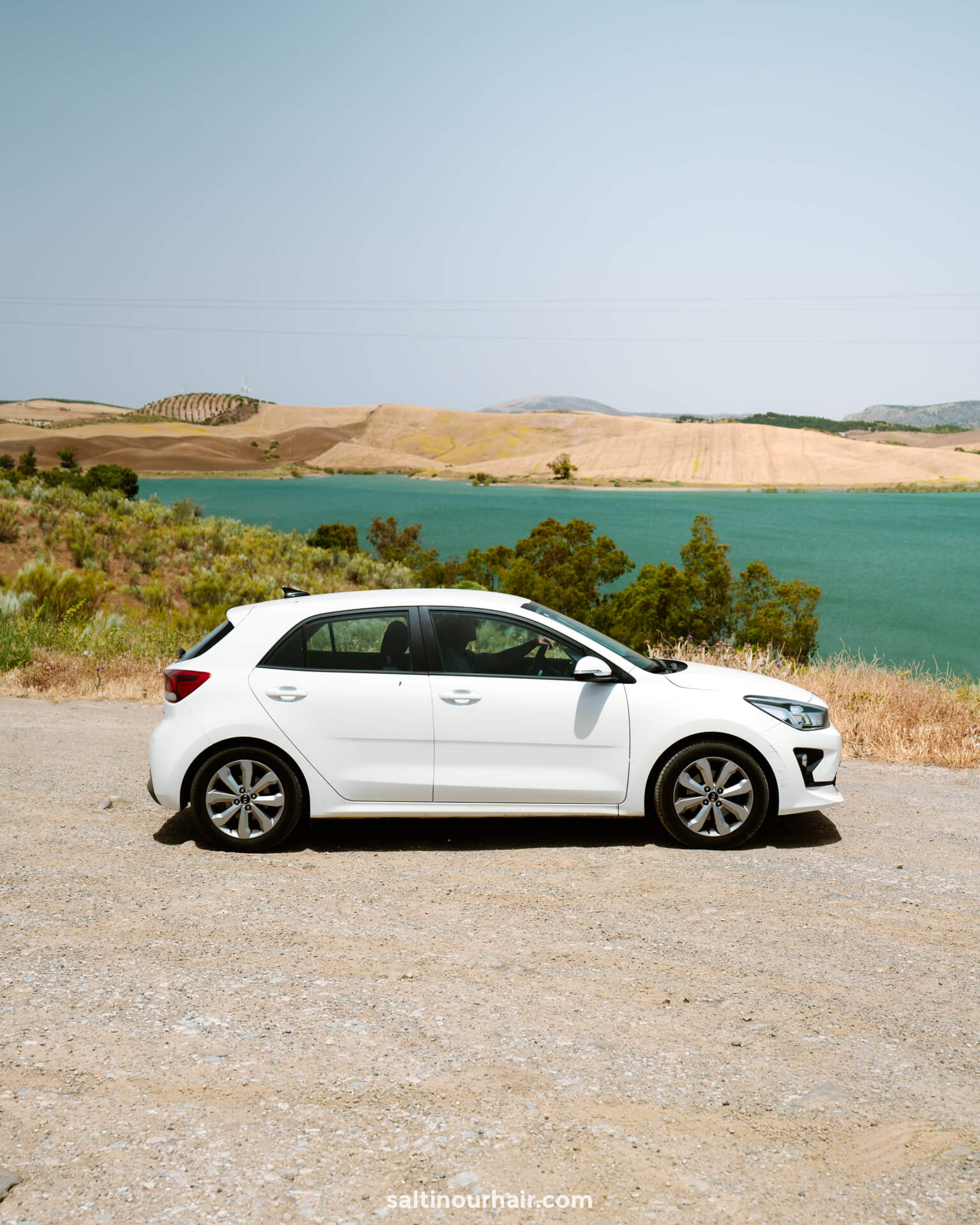
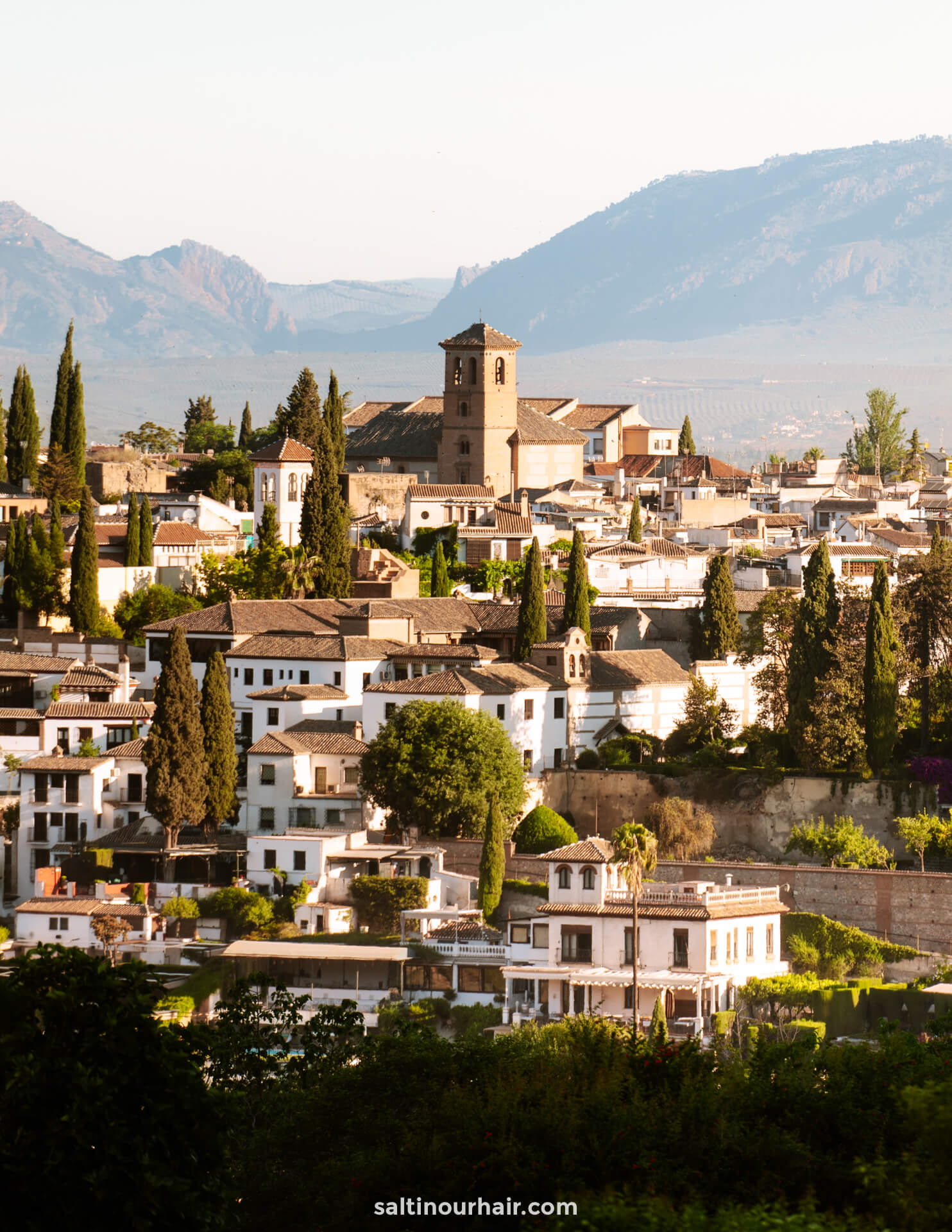
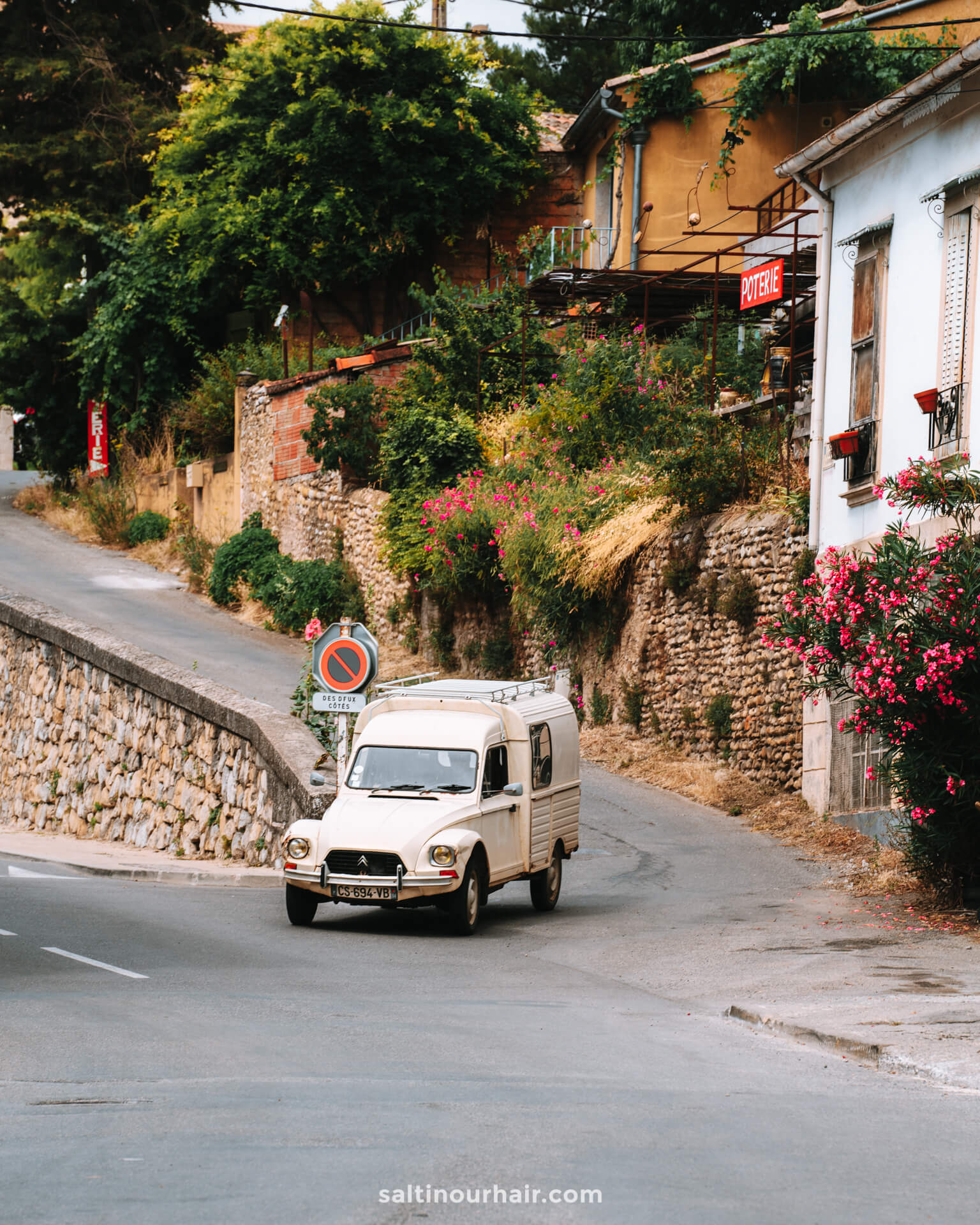

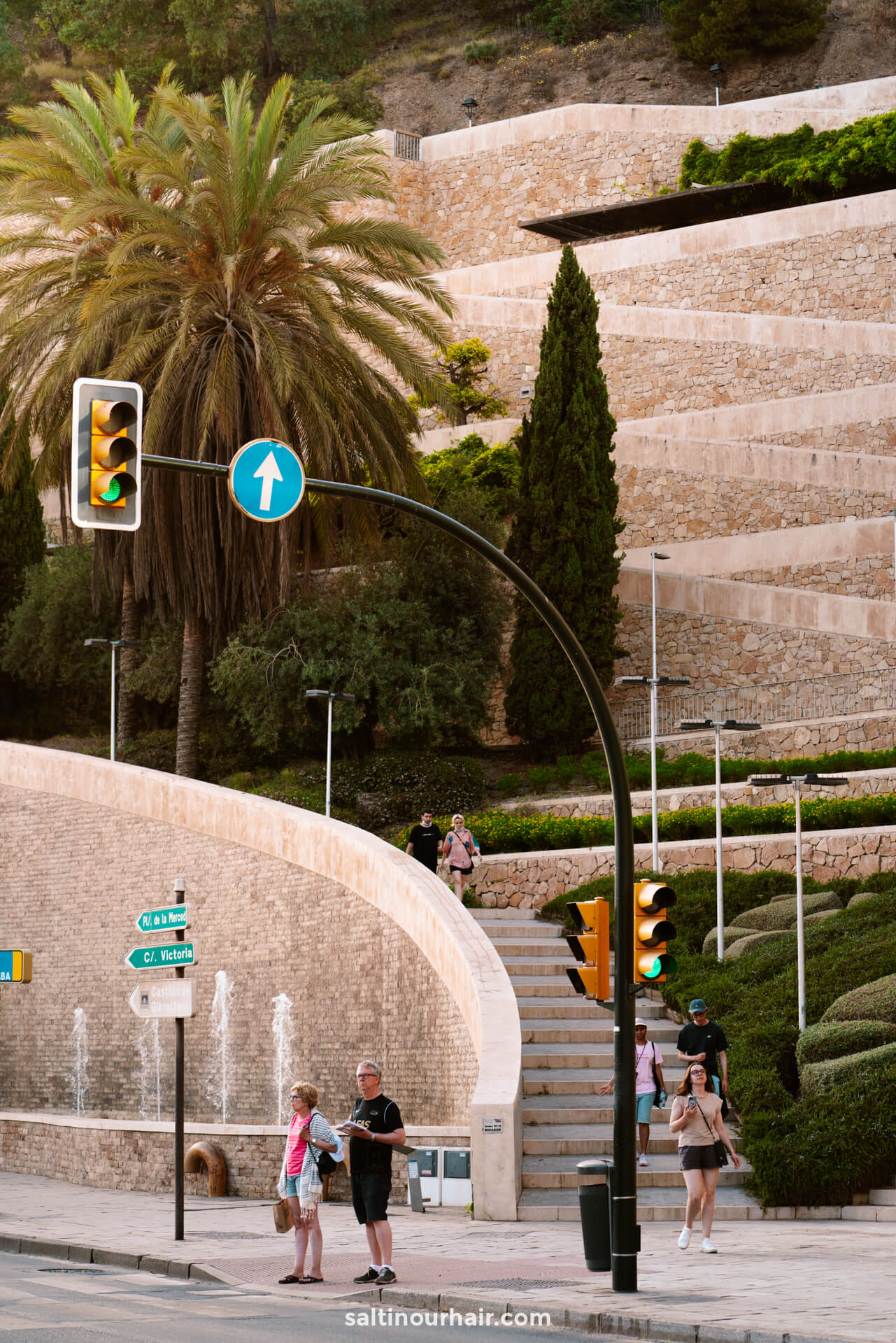


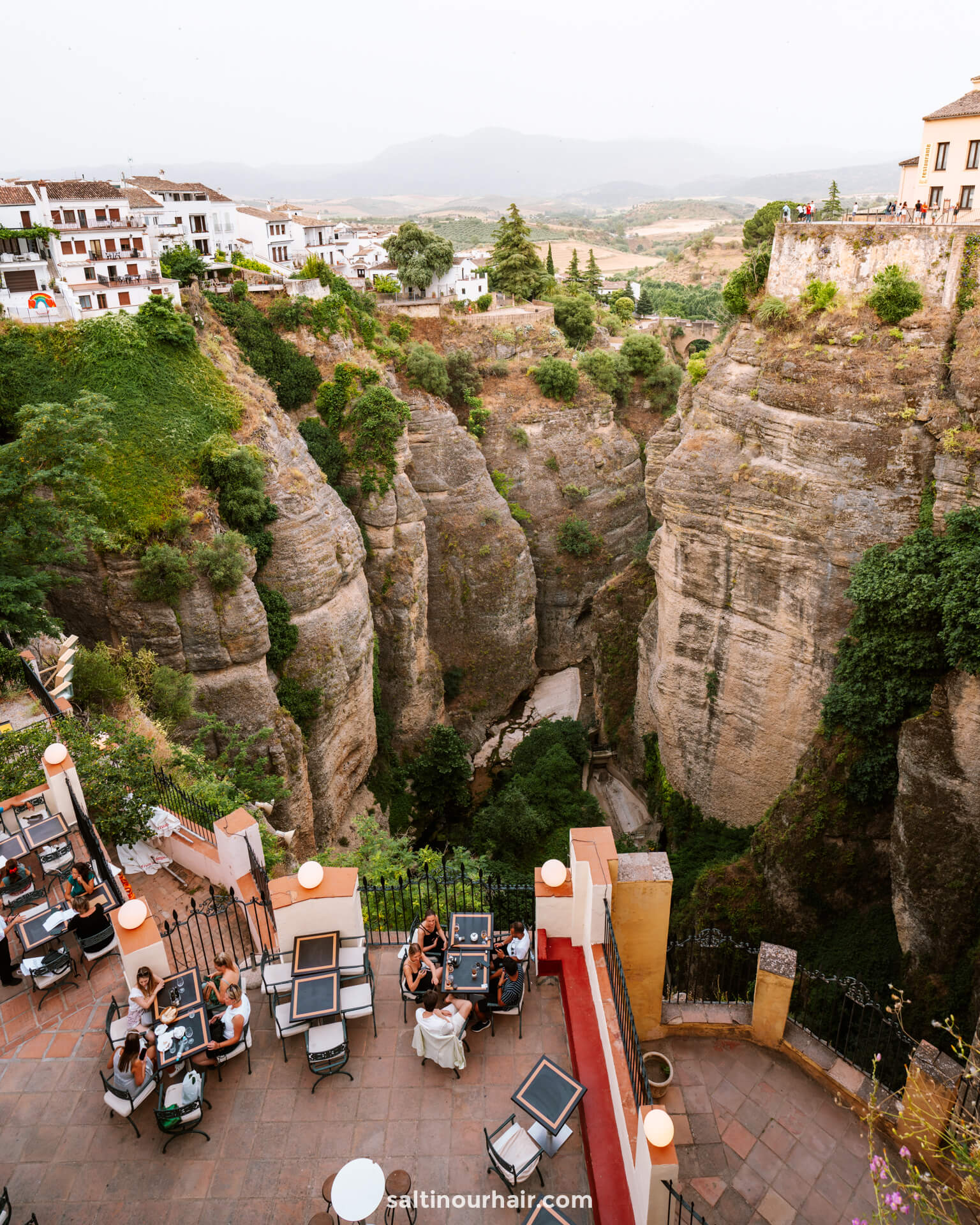



Hi. We hired a car in to drive around Portugal & Spain through an agent working for Europcar. When we collected the car we were told that the law for EMS in Spain had changed on 1st September so we had to pay them E10 per day. Is this correct? They also commented that they have established a cap on this charge but because we booked the car back in May the cap wouldn’t apply to us. This doesn’t make sense. Also we are covered for our time in Portugal and yet they are charging us for the whole trip. I can’t find anything about this cnange to the EMS in Spain. Also our agreement with the agent was that all emergency assistance was covered in the hire of the vehicle. .
It seems we are between a rock and a hard place. We have no phone number for Europcar, the agent is denying anything to do with it and we feel totally helpless. Can you help?
Hi Sue, sorry to hear that you’re having issues. Hmmm that claim that EMS fees are required in Spain is unusual, as there’s no nationwide legal requirement for them from my understanding. EMS typically involves tolls or road charges, but Spain does not mandate an EMS fee for rental cars. Unfortunately I cannot help as we’re simply a blog writing about our travel experience. I recommend to stay at the europcar office (where you did the pickup) and demand someone from higher up. I hope you can sort it!
I know this isn’t helpful now, but never rent with europcar directly again, do it via a party in between like sunnycars as they take away all the hassle.
Hi
Thanks I can read all of your message now 🙂. We didn’t rent direct -Flight Centre referred us to their supplier to organise it but they are claiming no responsibility for this & have merely referred us on to Europcar. We live in Australia & I will certainly be following up with them when we get back because they claim that everything is transparent, that we had paid the full amount upfront to them for everything & there would be nothing extra to pay. But you know what it’s like in these hire places – lots of people, lots of pressure & tired people speaking another language! I wish there could be some kind of official investigation into hire car companies – it causes problems – costs more money every time we do a trip. Grr. I know you understand & thanks for the sympathy & best wishes…..